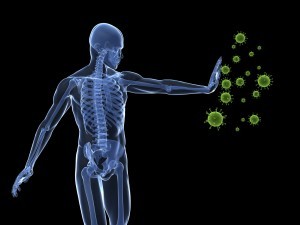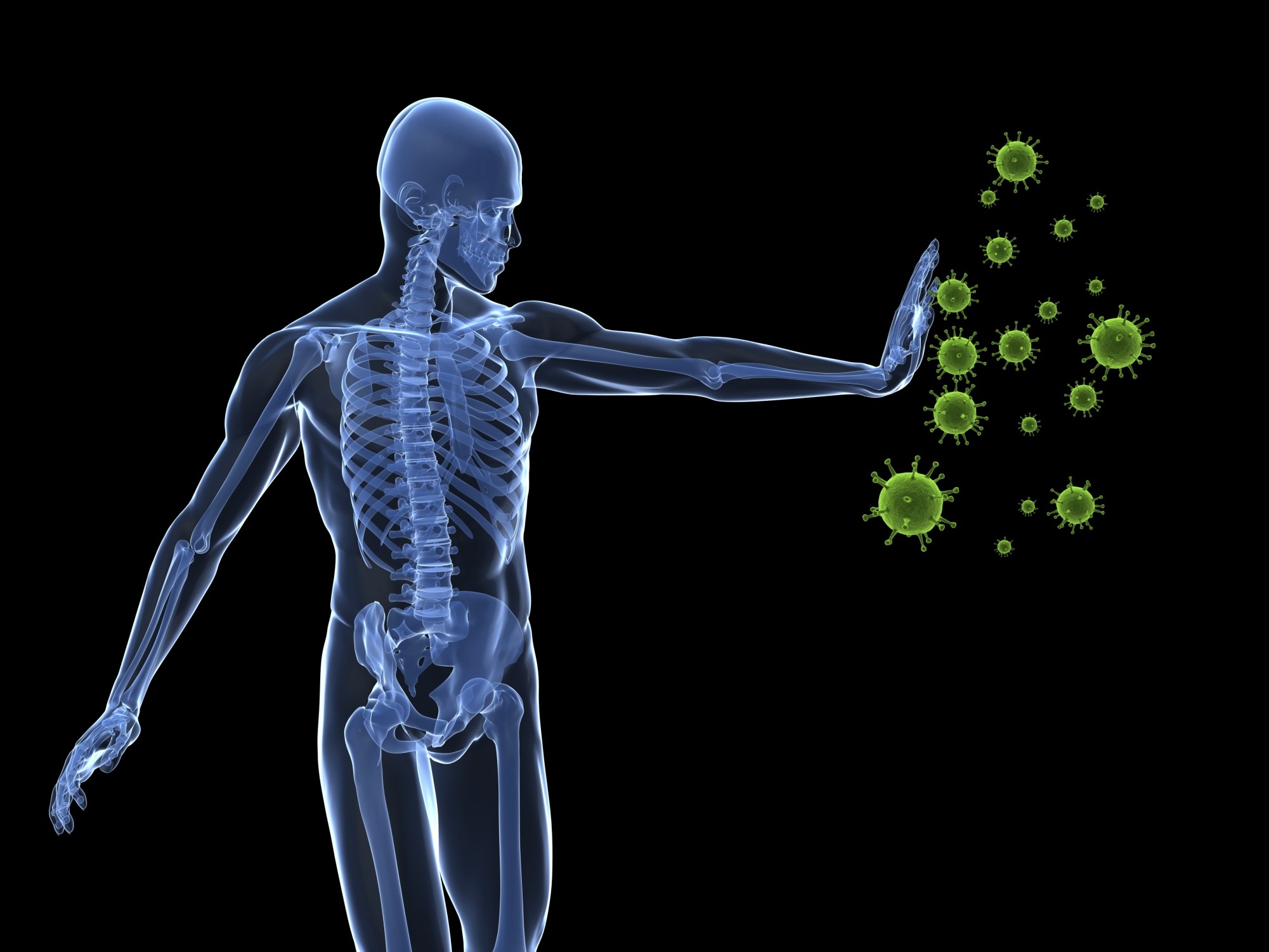 Heather CallaghanActivist PostInfectious and auto-immune disease and the nervous system – a connection? Inflammation from disease and the central nervous system have always been studied independently of each other…until now.Basic science researchers are now trying to decipher ‘neural code’ of information being sent by neurons. It turns out that the central nervous system (CNS) plays a much larger role in infections than previously thought. Bacteria and viruses have “hit a nerve” so to speak.
Heather CallaghanActivist PostInfectious and auto-immune disease and the nervous system – a connection? Inflammation from disease and the central nervous system have always been studied independently of each other…until now.Basic science researchers are now trying to decipher ‘neural code’ of information being sent by neurons. It turns out that the central nervous system (CNS) plays a much larger role in infections than previously thought. Bacteria and viruses have “hit a nerve” so to speak.
Infectious and auto-immune disease and the nervous system – a connection? Inflammation from disease and the central nervous system have always been studied independently of each other…until now.
Basic science researchers are now trying to decipher ‘neural code' of information being sent by neurons. It turns out that the central nervous system (CNS) plays a much larger role in infections than previously thought. Bacteria and viruses have “hit a nerve” so to speak.
What has the CNS been dying to tell us this whole time?
Researchers have commented that it's already possible to intercept and change some messages being sent to the CNS using bioelectric therapy. When injured, pain receptors send messages to the CNS that are registered as pain. They say bioelectric therapy relieves pain by interrupting pain signals before they reach the brain. It also prompts the body to produce endorphins, which help to relieve pain.
They noted that neurons of the …
The blue sky idea is that if we know the language and can read the code, in theory we can engineer or write our own.
An engineered message for the CNS? What do you think of that?
Their line of thinking is that since those messages are being sent from neurons to the CNS in real time, knowing what they're saying could speed diagnoses or prognostication. Of course they note that it would be especially important in pandemics or outbreaks of particularly contagious or deadly diseases, such as flu, Ebola or SARS, they think. They note that the current method for confirming infections is to test body fluids or tissues, sometimes using invasive techniques can take hours, days or even longer. They say they want to be able to tell how severe an infection is and how the illness is expected to progress without treatment – everything from the stomach flu to rheumatoid arthritis.
Steinberg continues:
Timely diagnosis and intervention are essential to minimize deaths and complications.
If the neurons are reading this information from an infection in the blood or the liver and we can interrogate the nervous system, we can make a diagnosis in real time. For example, we could perhaps tell quickly whether someone has the flu virus or bacterial pneumonia, which would determine whether antibiotics would be appropriate. At the extreme, a patient in septic shock requires prompt administration of antibiotic agents since each hour of delay is associated with a 7.6 per cent increase in mortality, but physicians do not always know what bacterium they need to target. An inappropriately chosen antibiotic can have serious ramifications for patient well-being.
While the recent discovery may or may not bode well for the future of medicine, it highlights three things:
- That there really is a vastly uncharted “innerspace” just dying to reveal answers to us – if we bother to ask, that is.
- That the current method of detecting disease is shown to be utterly prosaic.
- While many studies aim to create new drugs, some contain the end goal to manipulate the body systems themselves – whether it be the CNS, the genome or enzymes.
Readers, have you detected patterns or drawn connections between auto-immune disease and the central nervous system? Let us hear your thoughts below.
Just a question to ponder – could lightening the infectious load help alleviate pain associated with inflammatory conditions like fibromyalgia and arthritis?
The immune system, which is made up of special cells, proteins, tissues, and organs, defends people against germs and microorganisms every day. In most cases, the immune system does a great job of keeping people healthy and preventing infections. But sometimes problems with the immune system can lead to illness and infection.
Please Read this Article at NaturalBlaze.com





Leave a Reply